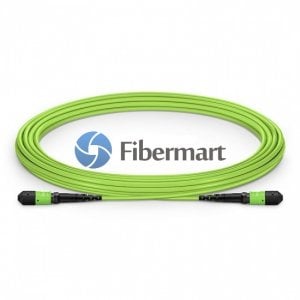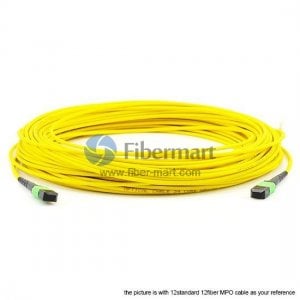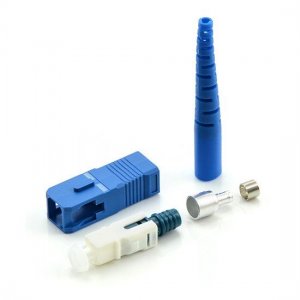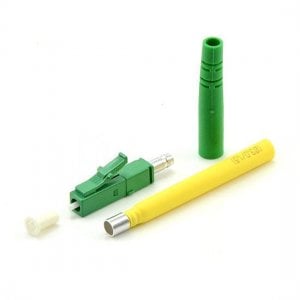In the ever-evolving landscape of telecommunications, fiber optic technology has become the backbone of high-speed data transmission. As businesses and individuals increasingly rely on robust and efficient connectivity, the cost of MTP trunk cable plays a pivotal role in shaping the decisions of network planners and operators.

Fiber Optic Cable Type
The type of fiber optic cable used significantly impacts its cost. Single-mode and multi-mode fibers serve different purposes, with single-mode being more expensive due to their ability to transmit data over longer distances with lower signal loss. The choice between these types depends on the specific requirements of the network, and the budget allocated for the project.
Fiber Count and Density
The number of fibers within a cable, known as fiber count, directly affects the cost. Higher fiber counts mean more complex manufacturing processes and increased material usage. Moreover, cables with a higher fiber density, meaning more fibers packed into a smaller space, tend to be more expensive due to the precision required during manufacturing.
Cable Construction and Design
The design and construction of the cable impact its durability, flexibility, and ease of installation. Armored cables, designed to withstand harsh environmental conditions, are generally more expensive than their non-armored counterparts. The choice between loose tube and tight-buffered designs also influences costs, as each has its own set of advantages and manufacturing intricacies.
Fiber Jacket Material
The material used for the outer jacket of the fiber trunk cable plays a crucial role in determining its resistance to environmental factors such as moisture, chemicals, and UV radiation. Specialized jacket materials, designed to meet specific industry standards or provide enhanced protection, often come at a higher cost.
Cable Length and Installation
The length of the fiber trunk cable required for a particular installation directly affects the overall cost. Longer cables not only require more materials but also involve additional labor for installation. Factors such as the complexity of the installation environment, whether it's an aerial, underground, or indoor deployment, also contribute to the overall cost.

Connector Types and Quality
Connectors are critical components that link MTP trunk cable to network equipment. The type and quality of connectors, such as SC, LC, or MTP/MPO connectors, impact both the upfront costs and the long-term reliability of the network.







![Black Box Network Services Fiber Patch Cable 5M MM 62.5 ST to LC [並行輸入品] Black Box Network Services Fiber Patch Cable 5M MM 62.5 ST to LC [並行輸入品]](https://m.media-amazon.com/images/I/31QxbmtvGpL._SL500_.jpg)
![C2G/Cables to Go 37633 LC/SC Plenum-Rated Duplex 50/125 Multimode Fiber Patch Cable (5 Meter Green) [並行輸入品] C2G/Cables to Go 37633 LC/SC Plenum-Rated Duplex 50/125 Multimode Fiber Patch Cable (5 Meter Green) [並行輸入品]](https://m.media-amazon.com/images/I/213s0OH3LSL._SL500_.jpg)
![Cables To Go 36242 10Gb LC/ST Duplex 50/125 Multimode Plenum-Rated Fiber Patch Cable (2 Meters Aqua) [並行輸入品] Cables To Go 36242 10Gb LC/ST Duplex 50/125 Multimode Plenum-Rated Fiber Patch Cable (2 Meters Aqua) [並行輸入品]](https://m.media-amazon.com/images/I/31xzYgNfioL._SL500_.jpg)
![ipolex OM3 LC to LC 10Gb 40Gb Fiber Patch Cable Multimode Duplex - 10m (33ft) - 50/125 [並行輸入品] ipolex OM3 LC to LC 10Gb 40Gb Fiber Patch Cable Multimode Duplex - 10m (33ft) - 50/125 [並行輸入品]](https://m.media-amazon.com/images/I/41w7iwR9G9L._SL500_.jpg)















































